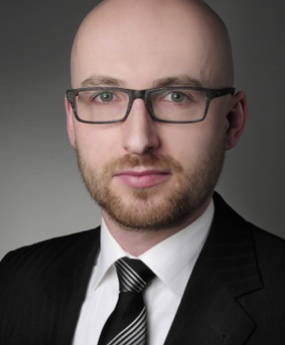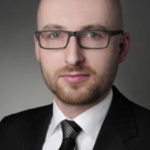
It’s time again. The elite in global shipping gathers in Hamburg. At the SMM more than 2,000 exhibitors showcase their[ds_preview] products on about 90.000m2 in order to sell their ideas and innovations to the customer. They share the densely populated halls with 50,000 expected visitors.
The neutral observer may be reminded of the atmosphere of a classic hidden object game – with high difficulty. But in reality, many have a pretty good plan which they follow in these halls. While searching for the right product for themselves and the fleet, an eye for the fine details is required. Last but not least, this is fundamental to be one step ahead of competitors, because even a small one can mean cash.
It is more important than ever that shipowners and suppliers come together to develop tailored solutions. The alleged hidden object game should turn into an exact map of the different market players. Environmental constraints, budgetary constraints and the need of recourse to alternative energy demand decisive action. Shipping has to become more »green«. And the industry is quite willing. In the segments of energy efficiency, propulsion, ballast water and to a large extent in the fleet and ship management operation, the list of new developments is getting longer. In addition to liquefied natural gas some shipowners are now using main drives based on ethane or methanol like Hartmann from Leer and Stena Line.
Both sides have to perform. The shipowners must not only observe and examine, they have to employ the innovations, recognize the potential, accept the challenge and sometimes explore unfamiliar options. This helps them and the suppliers, and not least the shipbuilding industry.
The industry has a responsibility as well. New ideas are very important, but they alone are only half of the solution. Innovative projects have to be genuinely operational and affordable. Given all the appetite to take risks, shipowners should be able to rely on these.
And what is more? In the container shipping industry consolidation, merger and cooperation projects are still decisive topics. While »smaller« projects are continuously announced in Asia, especially market leaders Maersk and MSC stay in focus. After China’s competition authority had brought the original P3 plans including CMA CGM to an end, Copenhagen and Geneva are now relying on the looser alliance of two. Far less public expressions of discontent than with P3 have been heard from the shipper and charter industry so far. The head of Maersk Group Nils S. Andersen also still believes he hasn’t got to get approval from China this time. But will this appraisal be shared by Beijing? The authorities there are finally quite famous for supposedly surprising decisions. Maersk and MSC should therefore better not believe to be in a safe harbour until the first containers are on the route across the oceans in the context of 2M cooperation.
Here the circle is complete with SMM. Because in addition to fleet size, environmentally friendly, cost efficient and thus innovative technologies play an extremely important role in the battle for good rates. Not least, German charter shipping relies on highly efficient technology and ships which guarantee success in times of tonnage overcapacity.
Enjoy reading!
Michael Meyer




















